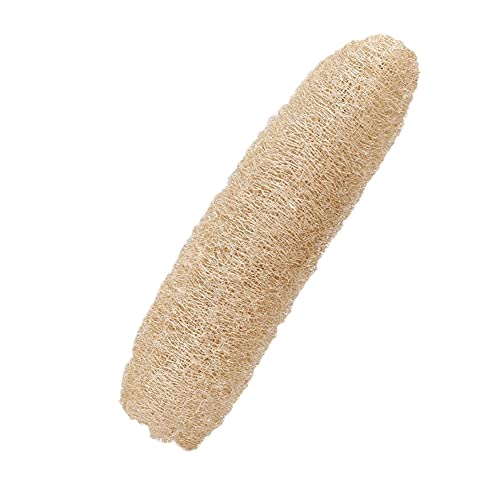Tango
Well-known member
- Messages
- 1,072
- Location
- Dirt. Planet Dirt.
One way of reducing wear is to hold the pole upright at 90 degrees when lengthening and shortening - instead of at a forward angle which will see the smaller section scraping against the outer section.
Same principle applies in reverse for telescopic ladders - heard several people saying they crush hands collapsing them. Tilt them forwards and the friction means when you release the locks it won't come hurtling down and become a knuckle buster.
Same principle applies in reverse for telescopic ladders - heard several people saying they crush hands collapsing them. Tilt them forwards and the friction means when you release the locks it won't come hurtling down and become a knuckle buster.

























